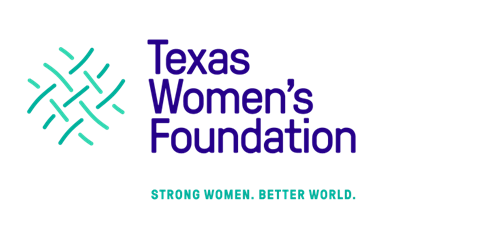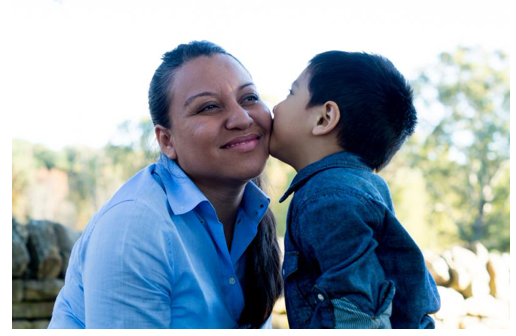Via: KERA
By: Justin Martin
The Texas Women’s Foundation defines the basic building blocks of financial security as child care, housing, education and health care. But what happens when those building blocks become stumbling blocks?
The foundation’s newest report, issued every three years, takes a deep dive into what challenges women in Texas face and the policies necessary to help women and families.
Dena Jackson, chief operating officer for the foundation, spoke to KERA’s Justin Martin about the study.
On how COVID-19 affected the study:
You know, we had planned to produce this in April and we were like, ‘Maybe we should wait because everybody’s very concerned about COVID-19 and maybe this isn’t the time.’
But when you look at those issues that you just talked about — education, childcare, health insurance and housing — every single one of them has been in the headlines recently as stumbling blocks for families and really stumbling blocks for our economy.
So we felt that both the information in the report, as well as the policy and program ideas that came out of it, were more timely now than ever.
On Black women in Texas being more likely to die during pregnancy:
What we’re looking at there is a kind of a combination of issues. One of those is the lack of access to health insurance.
In Texas, women are eligible for Medicaid when they are pregnant, and they get to keep that Medicaid for 60 days after the baby is born. However, a very large number of maternal mortality and morbidity, so dying or becoming seriously ill as a result of the pregnancy, occurs between that 60-day period and the one-year period.
Oftentimes this is the result of a possibly preexisting health condition like heart [disease] or diabetes or some illness like that, that was accidentally exacerbated by the pregnancy. So, when the mom loses her Medicaid coverage at 60 days, then she does not have appropriate health coverage to care for her later on.
I will be honest, the issue with the high number of African American women that are experiencing maternal mortality is nationwide, and it also really cuts across both income levels, education levels and geography.
On a single mom in Texas being four times more likely to be in poverty:
They are also two times more likely to be in poverty than a household led by a single man.
So it makes sense, right? That a married couple would have more money in the house because they had the opportunity to have two people working and bringing money in. But if you have a single mom versus a single dad and you still have a much higher incidence of living in poverty and of being what’s called housing burdened. Housing burdened is a HUD definition saying you spend 30% or more of your gross income on housing.
In Texas we see 45% of single moms and 51% of women living alone are, if they’re renters, actually housing burdened That’s compared to 27% of single dads and 39% of men living alone.
On what could improve the lives of women of color in Texas:
The reason we look at these four building blocks is that we see them as being so integrated that even if I give you child care, if you don’t have a strong job or you don’t have health insurance, the likelihood that you’re going to be able to make use of that child care or keep that job really go down.
What I would say is that it’s a mix of policies. It’s both a mix of increased financial aid through things like the Texas Grant Program, as well as College Promise programs, which we have an excellent one here in Dallas at Dallas College, formerly known as Dallas County Community College.
In addition, we think that policy leaders and business leaders need to establish paid family time off and medical leave, which is going to impact lower income workers at a greater amount, because these are the workers that typically do not have this sort of paid time off now.
Giving them that safety net so that they’re able to care for themselves, their health, their family, and yet still be productive members of the economy, is really important.

